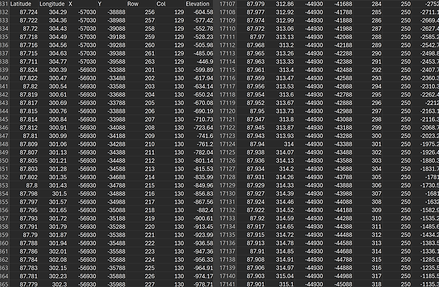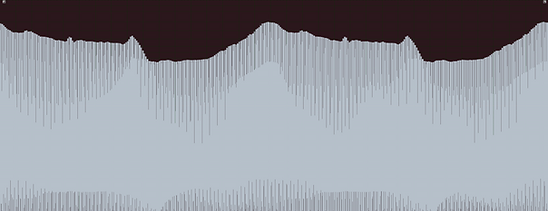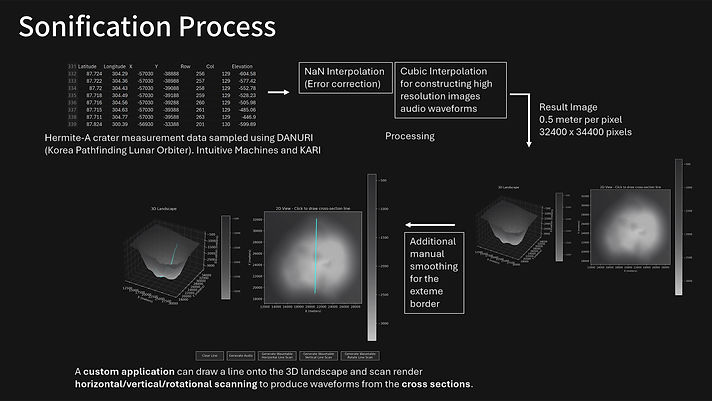Sonification of Hermite-A Lunar Crater
Please press UNMUTE button on the video
Hermite-A landscape
Click the scene to activate movement
You are standing at the center of Hermite-A Crater.
WASD keys for rotation
Why do we sonify things?
Lunar data is always mediated and reconstructed.
It inherently requires error correction consists of random procedures and arbitrary decisions to form a compre-hensible visual.
Before all the processes, it was merely an invisible wave.
Images of the reconstructed lunar landscapes are fantastic, but sometimes sonified undulations affect me more than the images on flat screens, providing more visceral and spatial information throughout my body.

Landscape data of Hermite-A crater sampled using ShadowCam technology equipped on the Korea Pathfinding Lunar Orbiter. Provided by the Korea Aerospace Research Institute and Intuitive Machines

In the Deleuzian concept, it has a higher degree of virtuality, less differenciated compared to landscapes on Earth.
Inside Hermit-A. Reconstructed from the numerical data
Then, why does this mediated representation manifest exclusively through visual imagery rather than auditory phenomena?

Entire collection of waveforms of the rotational cross-sectional scan of the Hermite-A crater

A custom app that can scan Hermite-A crater horizontally, vertically, and rotationally to produce audio waveforms

The sonification process